Genetic disorders are conditions caused by abnormalities in an individual’s DNA. While some disorders are relatively common, affecting thousands or even millions of people worldwide, others are incredibly rare, with only a handful of cases ever reported. These rare genetic disorders often pose unique challenges for patients and healthcare providers due to limited understanding and treatment options. In this article, we delve into some of the rarest genetic disorders known to medical science, shedding light on their symptoms, causes, and impacts on affected individuals.
Fibrodysplasia Ossificans Progressiva (FOP)
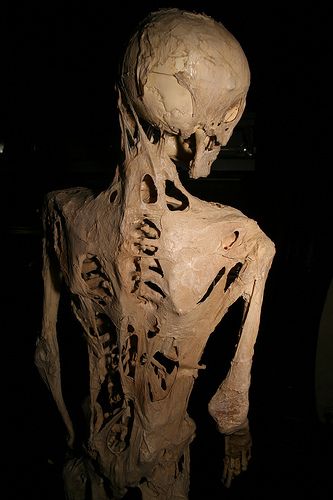
FOP is an extremely rare genetic disorder characterized by the abnormal growth of bone in muscles, tendons, and ligaments. This leads to progressive stiffness and immobility as the body essentially turns into a second skeleton. There is currently no cure for FOP, and treatment focuses on managing symptoms and improving quality of life.
Hutchinson-Gilford Progeria Syndrome (Progeria)
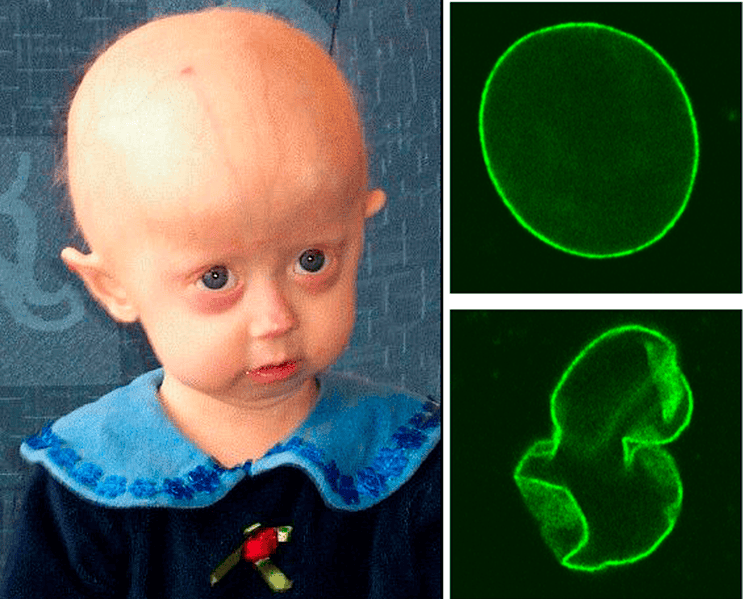
Progeria is a rare genetic condition that causes rapid aging in children, leading to premature aging-related symptoms such as hair loss, joint stiffness, and cardiovascular problems. It is caused by a mutation in the LMNA gene and typically results in a shortened lifespan. Treatment aims to manage symptoms and improve quality of life.
Alkaptonuria (AKU)
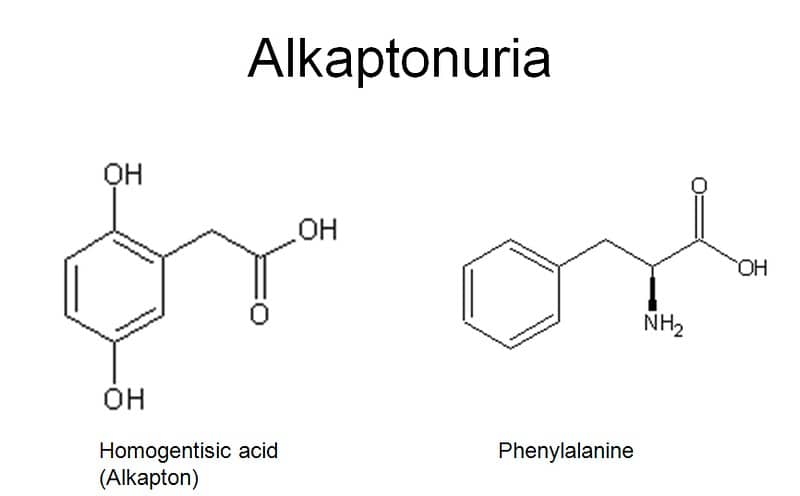
AKU is a rare metabolic disorder characterized by the accumulation of homogentisic acid, which leads to a condition known as “black urine disease” due to urine turning dark upon exposure to air. This disorder can also cause joint and cartilage problems over time. While there is no cure, dietary modifications and symptom management can help individuals with AKU lead better lives.
Trimethylaminuria (Fish Odor Syndrome)

Trimethylaminuria is a rare metabolic disorder that results in a strong body odor resembling rotten fish due to the body’s inability to break down trimethylamine. This condition can lead to social and psychological challenges for affected individuals. Management includes dietary changes and hygiene practices to minimize odor.
Maple Syrup Urine Disease (MSUD)
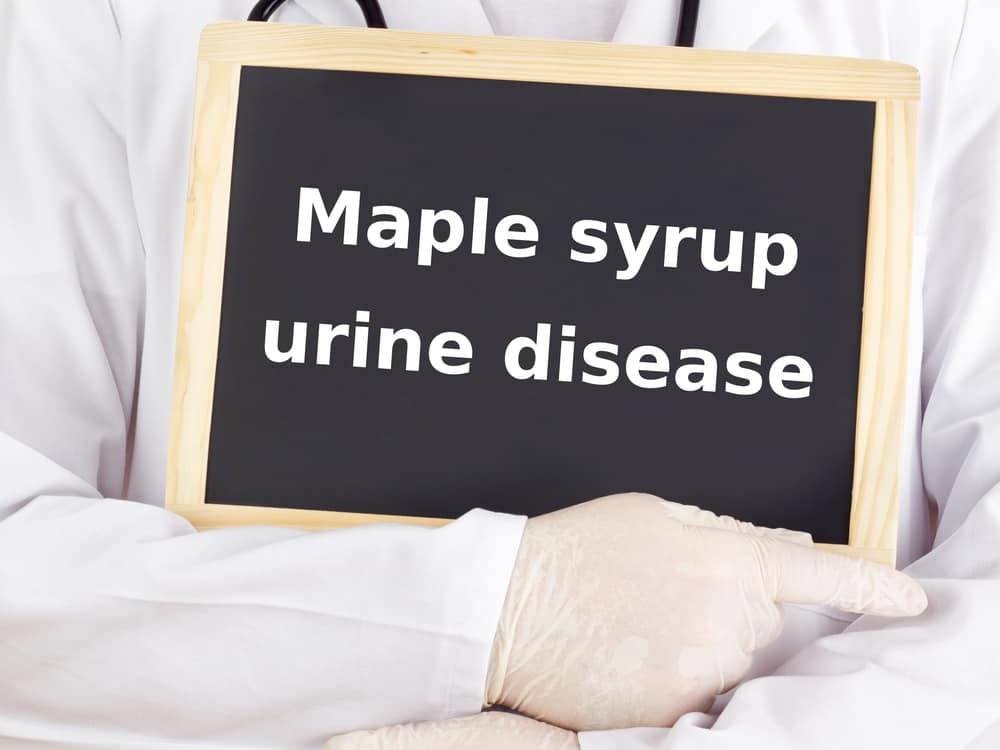
MSUD is a rare genetic disorder that affects the body’s ability to break down certain amino acids, leading to a buildup of toxins and a distinctive sweet odor in urine, similar to maple syrup. If left untreated, MSUD can cause serious neurological problems. Treatment involves dietary restrictions and medical monitoring.
Lesch-Nyhan Syndrome (LNS)
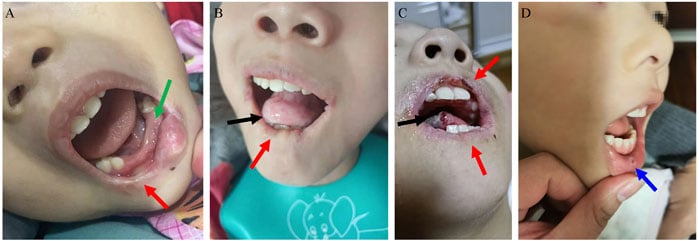
LNS is a rare genetic disorder characterized by neurological and behavioral abnormalities, including self-injury such as biting fingers and lips. It is caused by mutations in the HPRT1 gene, leading to the buildup of uric acid in the body. Management focuses on symptom control and supportive care.
Methemoglobinemia
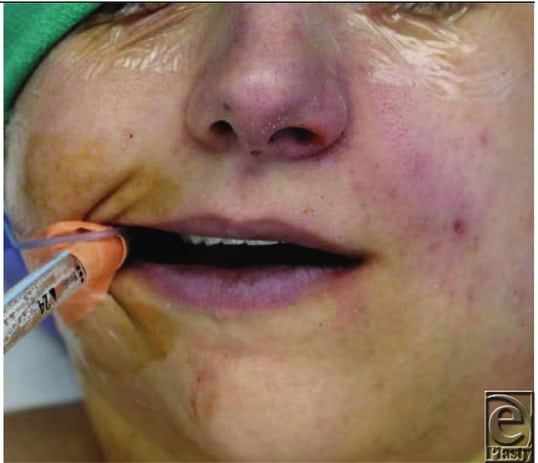
Methemoglobinemia is a rare blood disorder that affects the ability of red blood cells to carry oxygen, leading to symptoms such as cyanosis (bluish discoloration of the skin) and shortness of breath. It can be inherited or acquired through exposure to certain chemicals or medications. Treatment depends on the underlying cause and severity of symptoms.
Fibrous Dysplasia/McCune-Albright Syndrome
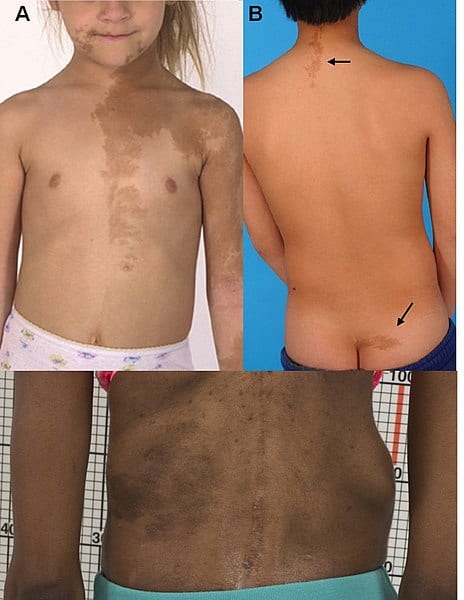
This rare disorder involves abnormal growths in bones and skin pigmentation changes. It can cause bone deformities, hormonal imbalances, and other complications depending on the organs affected. Treatment may involve surgery, medication, and management of associated conditions.
This article originally appeared on Rarest.org.
